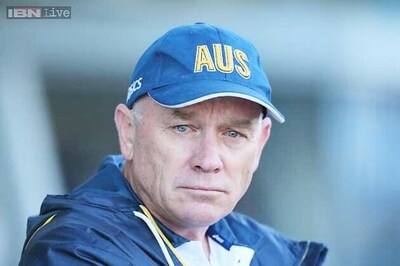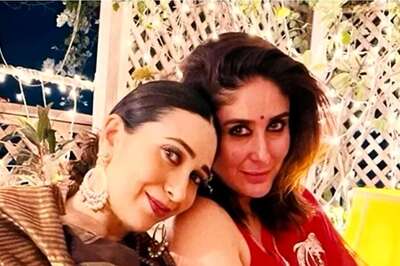
views
Just a week ago, India celebrated its 75th year of Independence but what people often miss out on is the fact that Independence and Partition coincided with one another, they are two faces of the same coin. The partition had deeply impacted hundreds and thousands of people, an impact that resonates to date.
And, in order to memorialise the horrors of partition, Kolkata on August 24 will witness the advent of the first virtual partition museum in the world.
The Virtual Kolkata Partition Museum (V-KPM) is a collaborative project between Kolkata Partition Museum Trust and Architecture Urbanism Research (AUR), an architecture firm. Both KPMT and AUR acknowledge the 1947 partition museum in bringing together Dr. Rituparna Roy and Aurgho Jyoti through this online event.
Dr. Rituparna Roy who is the managing trustee of KPMT and a literary scholar of partition first thought of archiving the memories of partition way back in 2007 when she visited the Holocaust Memorial designed by Peter Eisenman in Berlin.
She says, “Walking through and past those installations it struck me that there is no public memorialisation of the partition. But, in 2016 after another decade had passed I felt a strong urge to do it and first broached the idea in Kolkata during a seminar to an academic audience."
Historians and littérateurs have always felt a strong Punjab bias when it comes to partition studies and quite a number of people tend to associate the horrors of partition more with Punjab than with Bengal, however with time that kind of a thought process is slowly evolving. However, what must be remembered is that in terms of partition, Bengal had a dissimilar trajectory than Punjab and the aftermath too was rather divergent.
The Kolkata Partition Museum Trust alongside AUR will try to primarily focus on Bengal’s side of the story, shedding light on the experiences of partition as well as the aftermath of it but at the same time will highlight the similarities between West Bengal and Bangladesh with regards to familiar living heritage.
Talking about how the process has panned out for the team, Dr. Roy says, “It has been challenging and exciting, challenging because the work of the museum has been done by a team virtually because we are placed in different cities and continents, work could only happen long distance."
The august team working behind this project also include historian Anindita Ghoshal, scenographer and architect Sayantan Maitra, scholars like Asmita Ray, Swagatalakshmi Saha and a few others. Professor Ananya Jahanara Kabir and oral historian and the writer of ‘The Footprints Of Partition: Narratives of Four Generations of Pakistanis and Indians’, Anam Zakaria have acted as content advisors to the team.
“During the pandemic, we were made to think of virtual resources, we did not know when we would come out of it and even if we did if we would have land or money or space for a physical museum. We want a physical museum but that will take time because we are a citizen’s initiative and we are growing organically," mentions Rituparna.
She further added, “We are very encouraged and happy about the responses that we have been getting. People have been very intrigued by this idea of a virtual museum."
Read the Latest News and Breaking News here




















Comments
0 comment